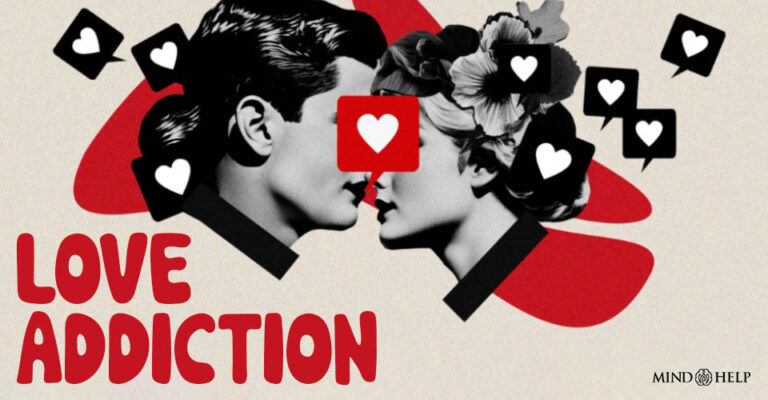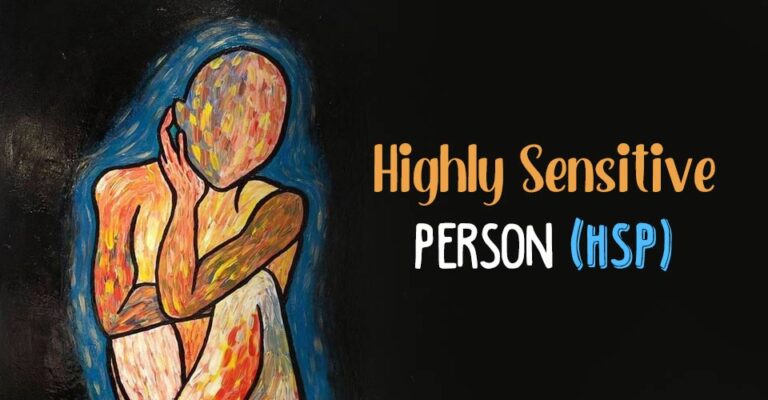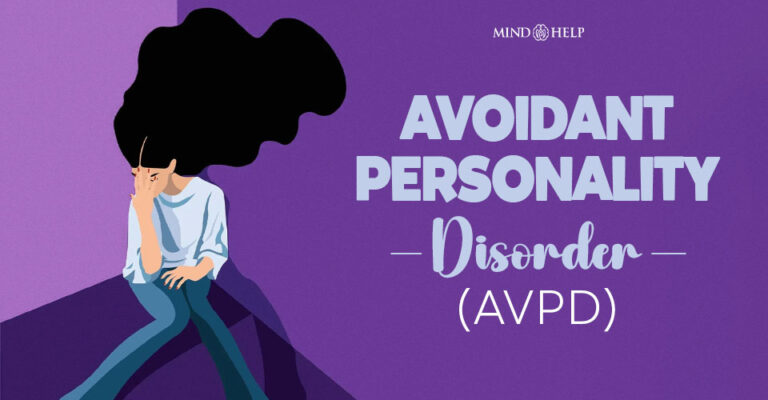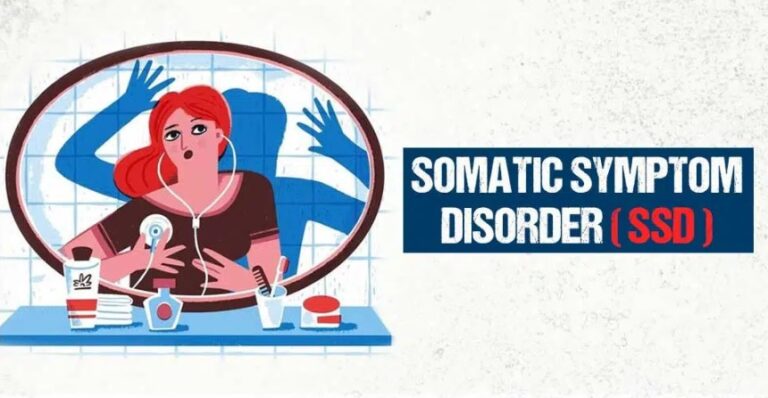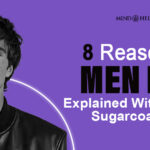Homosexuality refers to an individual’s sexual orientation or sexual and romantic interest & attraction towards people of the same sex. It is considered as one of the three basic types of sexual orientation, along with heterosexuality & bisexuality.
What Is Homosexuality?
It is the trait of being solely and exclusively attracted to members of one’s own biological sex or gender, whether romantically or sexually. Homosexuality is a specific form of sexual orientation and not associated with gender identity, like a female, male or non-binary. A homosexual individual can identify themselves as lesbian, gay, queer, LGBTQ, or a host of other specific terms.
A homosexual male is commonly known as “gay” while a homosexual female is called a “lesbian.” While the term queer indicates people who are not heterosexual, LGBTQ involves lesbian, gay, bisexual, transgender, queer, and individuals questioning their sexuality. It involves a community of people belonging to these sexual orientations.
According to a 2004 research paper, the term refers to “the experience of exclusive or nearly exclusive erotic preference for others of the same sex in fantasy and, characteristically, through realization of sexual intimacy with others of the same sex.” It can be considered as an identity, behavior, or desire. As per the researchers, homosexual desire refers to the moods, feelings, and attitudes associated with same-sex attraction, while homosexual behavior refers to the act of engaging in sexual activity with another member of the same biological sex.
However, homosexual identity is regarded as the label that one assigns to oneself by acknowledging the presence of homosexual desire and homosexual behavior within their self-identity. Homosexual orientation is another aspect of this concept which involves the “affective experience of primarily same-sex erotic desire beyond conscious control and outside the purview of historical and social construction,” added the researchers. Another 1995 study 1 De Cecco, J. P., & Parker, D. A. (1995). The biology of homosexuality: sexual orientation or sexual preference?. Journal of homosexuality, 28(1-2), 1–27. https://doi.org/10.1300/J082v28n01_01 found that the general conception of it includes both the psychological and socio-cultural aspects along with the biological dimension. The development of homosexual identity can be categorized into three significant stages:
- Sensitization
- Awareness of shame, confusion, denial
- Acceptance
The word homosexuality was coined by novelist Karl-Maria Kertbeny in 1869 and was derived from the ancient Greek term ‘homos’ which means “same.” Later psychiatrist Richard von Krafft-Ebing utilized the term heterosexual and homosexual in his 1886 book on sexual pathology. However, there is no specific definition for the term as different individuals can experience and practice it in different and unique ways. While some individuals may realize that they feel attracted to people of the same gender during their teenage years, some others may develop such an attraction when they are older adults.
One 2008 study explains that it does not necessarily start during adolescence. “However, adolescence is the most likely time during childhood that concerns about sexuality, sexual orientation, and sexual behavior are presented to the developmental-behavioral pediatrician,” adds the study. Moreover, emotional and sexual feelings can often change over time and some people may not feel comfortable in accepting or expressing their sexual orientation, whether to themselves or to others. Regardless, the definition of this sexual orientation is widely influenced by culture as different societies have different levels of acceptance towards different sexual orientations.
Understanding Homosexuality
Over the decades, the homosexual attraction has been differently accepted, tolerated, banned, and even punished in different ancient cultures. Research 2 Zive, G. (n.d.). A Brief History of Western Homosexuality. California State University Stanislaus |. https://www.csustan.edu/sites/default/files/honors/documents/journals/sexinstone/Zive.pdf suggests that this term has been documented in ancient Greece and Rome, where the relationship between adolescent males was regarded as a normal part of life but only within certain parameters. Some scholars have considered this term problematic while others have argued about the significant continuities between the ancient and modern concepts.
Apart from the ancient Greek attitudes, the concept of homosexual attraction has regional variation. Greek authors assumed that this sexual orientation allows a person to respond erotically to beauty in other sex. Meanwhile, ancient Rome became extremely negative in its perspectives towards same-sex attraction and announced it entirely illegal in 533AD. The heritage of intolerance continues to affect the West, but homosexuality is no longer a crime 3 Levy, B. L., & Levy, D. L. (2017). When love meets hate: The relationship between state policies on gay and lesbian rights and hate crime incidence. Social science research, 61, 142–159. https://doi.org/10.1016/j.ssresearch.2016.06.008 to be banned or punished with death.
The American Psychological Association has identified it as an individual’s sexual orientation. A 2012 study 4 Mock, S. E., & Eibach, R. P. (2012). Stability and change in sexual orientation identity over a 10-year period in adulthood. Archives of sexual behavior, 41(3), 641–648. https://doi.org/10.1007/s10508-011-9761-1 states that the sexual identity of homosexuality is an unstable phenomenon while the sexual orientation is relatively stable. But certain changes in sexual orientation can be experienced by women rather than men.
Demographics And Prevalence
A 2016 study 5 Bailey, J. M., Vasey, P. L., Diamond, L. M., Breedlove, S. M., Vilain, E., & Epprecht, M. (2016). Sexual Orientation, Controversy, and Science. Psychological science in the public interest : a journal of the American Psychological Society, 17(2), 45–101. https://doi.org/10.1177/1529100616637616 has denied the fact that the demographics of this same-sex attraction vary much across time and place. A 1995 study 6 Sell, R. L., Wells, J. A., & Wypij, D. (1995). The prevalence of homosexual behavior and attraction in the United States, the United Kingdom and France: results of national population-based samples. Archives of sexual behavior, 24(3), 235–248. https://doi.org/10.1007/BF01541598 found that 11.1%, 8.6%, 11.7% of women, and 8.7%, 7.9%, and 8.5% of men, in the United States, France, and the United Kingdom respectively reported some homosexual attraction but didn’t develop any homosexual behavior till age 15. However, measuring this prevalence is extremely difficult as many people may be reluctant to be identified as gay or lesbians despite having homosexual attraction.
Causes Of The Sexual Orientation
Various biological models are preferred by researchers for identifying the cause of sexual orientation. They have suggested that homosexual attraction is the outcome of a complex interplay of certain biological and environmental factors that shape at an early age. Studies have explained two theories for describing the origins.
Read More About Sexual Orientation Here
1. Biological factors
The first and foremost theory is that same-sex orientation is strongly dictated by certain genetic 7 Gavrilets, S., & Rice, W. R. (2006). Genetic models of homosexuality: generating testable predictions. Proceedings. Biological sciences, 273(1605), 3031–3038. https://doi.org/10.1098/rspb.2006.3684 or inborn hormonal factors. This theory supports the fact that some people are born with a homosexual orientation such as born gay. “Family and twin studies suggest that genes play a role in male sexual orientation,” states a 2017 study 8 Sanders, A. R., Beecham, G. W., Guo, S., Dawood, K., Rieger, G., Badner, J. A., Gershon, E. S., Krishnappa, R. S., Kolundzija, A. B., Duan, J., MGS Collaboration, Gejman, P. V., Bailey, J. M., & Martin, E. R. (2017). Genome-Wide Association Study of Male Sexual Orientation. Scientific reports, 7(1), 16950. https://doi.org/10.1038/s41598-017-15736-4 .
2. Environmental factors
The second one describes that this sexual orientation develops as a primary result of environmental 9 Burri, A., Cherkas, L., Spector, T., & Rahman, Q. (2011). Genetic and environmental influences on female sexual orientation, childhood gender typicality and adult gender identity. PloS one, 6(7), e21982. https://doi.org/10.1371/journal.pone.0021982 , psychological influences, and some early experiences. Later, the second theory was mostly declined and the first one has gained favor in recent decades. However, recent research 10 Bailey, J. M., Dunne, M. P., & Martin, N. G. (2000). Genetic and environmental influences on sexual orientation and its correlates in an Australian twin sample. Journal of personality and social psychology, 78(3), 524–536. https://doi.org/10.1037//0022-3514.78.3.524 shows that both genetic and environmental factors may influence sexual orientation. One 2010 study 11 Långström, N., Rahman, Q., Carlström, E., & Lichtenstein, P. (2010). Genetic and environmental effects on same-sex sexual behavior: a population study of twins in Sweden. Archives of sexual behavior, 39(1), 75–80. https://doi.org/10.1007/s10508-008-9386-1 has found the influence of “moderate, primarily genetic, familial effects, and moderate to large effects of the nonshared environment (social and biological) on same-sex sexual behavior.”
Homosexuality And Relationships
A 2014 research paper 12 Manning, W. D., Fettro, M. N., & Lamidi, E. (2014). Child Well-Being in Same-Sex Parent Families: Review of Research Prepared for American Sociological Association Amicus Brief. Population research and policy review, 33(4), 485–502. https://doi.org/10.1007/s11113-014-9329-6 has compared the well-being of children residing within heterosexual and homosexual families. The study mentioned that the development of children in certain critical areas such as psychological and social adjustment, psychological health, intelligence, and popularity with friends are quite similar. It has found no developmental differences between the children of heterosexual and homosexual families.
The promoters of same-sex marriage propose something entirely different. More than marriage, they propose a union between two men or two women. Homosexual marriage denies the self-evident biological, physiological, and psychological differences between males and females that find their complementarity in marriage. It also denies the primary purpose of marriage such as the perpetuation of the human race and the concept of raising children.
Read More About Love and Relationships Here
Homosexuality And Culture
Cultural attitudes 13 Mireshghi, S. I., & Matsumoto, D. (2008). Perceived cultural attitudes toward homosexuality and their effects on Iranian and American sexual minorities. Cultural diversity & ethnic minority psychology, 14(4), 372–376. https://doi.org/10.1037/a0012920 and acceptance towards homosexuality can significantly vary among different regions, stages of social development, and periods. Different cultures have different sets of beliefs and values regarding sexual orientation. While some may accept such forms of sexuality and relationships, others may find them inappropriate. Some cultures may even punish homosexual individuals, either culturally or legally.
A 1993 study 14 Newman, B. S., & Muzzonigro, P. G. (1993). The effects of traditional family values on the coming out process of gay male adolescents. Adolescence, 28(109), 213–226. has examined the greater role of family values in the same-sex identity based on the importance of religion, emphasis on marriage, and having children. This study has reported that families with strong traditional values are more likely to be less accepting of homosexuality than families with low traditional values. Even after being legalized in several nations, the concept of same-sex attraction receives stigmatization and disapproval not only from society but also from families and peers.
Myths And Misconceptions About Homosexuality
There is a lot of homophobia that can be observed all around the world. Homophobes, people who dislike gay individuals, often spread several harmful myths to demonize the concept of homosexuality. Some of the most common myths include:
1. Being homosexual is a choice
It is not a matter of conscious choice to have homosexual attraction. Many people develop sexual orientation during their early adolescence without even any prior experience. An individual can choose whether to act according to one’s feelings and attractions or not, but this orientation can’t be voluntarily changed. Most researchers have agreed that same-sex orientation develops as an outcome of several biological and environmental factors.
2. Homosexuals are not good parents
Many homosexual parents raise their children in a loving family and provide them a happy and successful life. Studies 15 Manning, W. D., Fettro, M. N., & Lamidi, E. (2014). Child Well-Being in Same-Sex Parent Families: Review of Research Prepared for American Sociological Association Amicus Brief. Population research and policy review, 33(4), 485–502. https://doi.org/10.1007/s11113-014-9329-6 have shown that homosexual parents are as fit and capable as heterosexual parents. Various studies have found no significant difference in family structure and social development between heterosexual and homosexual parents’ households.
Homosexuality, Law, And Politics
Consensual sex between unrelated persons above the local age of consent is not prohibited in most nations. Several jurisdictions have legalized the identical rights, marriage, privileges, and protections for the family structures of homosexual couples. Meanwhile, others have disallowed any kind of homosexual activity by sodomy laws that define certain sexual acts as a crime. Homosexual acts were legalized in different parts of the Western world including Poland, Denmark, England, Sweden, and Wales. After the mid-1970s, the homosexual community began to achieve certain civil rights in some of the developed nations such as Quebec in 1977, India in 2018.
First developed in the West, the queer or LGBTQ culture has started the gay pride movement with annual arrangements since the 1960s. Except for this, many LGBTQ groups participated in the campaigns to promote AIDS education, prevention, support, research, and community outreach.
Homosexuality And Mental Health
When first introduced, it was documented as a mental illness in the DSM-5 and termed ‘a sexual orientation disturbance’. Certain literature studies on mental health suggested that homosexual people tend to experience depression, substance abuse, and suicidal thoughts. But these mental disorder symptoms were observed in non-heterosexuals.
According to a 2015 research paper 16 Kinney R. L., 3rd (2015). Homosexuality and scientific evidence: On suspect anecdotes, antiquated data, and broad generalizations. The Linacre quarterly, 82(4), 364–390. https://doi.org/10.1179/2050854915Y.0000000002 , the discussion about the causes of such symptoms offered certain significant empirical evidence that claimed that homosexuality is a normal human sexual orientation and not a mental disorder. After that, it was removed from the DSM-5. Instead, a 2007 study 17 Meyer I. H. (2003). Prejudice, social stress, and mental health in lesbian, gay, and bisexual populations: conceptual issues and research evidence. Psychological bulletin, 129(5), 674–697. https://doi.org/10.1037/0033-2909.129.5.674 has reported that extreme discrimination, stigma, prejudice, negative and harmful stereotypes lead to a higher prevalence of mental illness among homosexuals.
Read More About Love And Mental Health Here
Helping Loved Ones Understand Homosexuality
Recognizing and being vocal about one’s own sexual identity is a different and difficult experience for everyone. Many people feel reluctant to identify themselves as homosexual or bisexual. The process of coming out may take a long time according to people’s personalities. It is not mandatory for everyone to come out to their loved ones, as coming out to oneself and understanding one’s feelings is more important. An individual requires to foster acceptance for oneself before sharing the identity with others. Building supportive relationships with the same community or joining a support group may prove beneficial for understanding sexual orientation.
Homosexuality At A Glance
- Homosexuality is an individual’s sexual orientation or sexual and romantic interest & attraction towards people of the same sex.
- A homosexual individual can identify themselves as lesbian, gay, queer, LGBTQ, or a host of other specific terms.
- Homosexual attraction is the outcome of a complex interplay of certain biological and environmental factors that shape at an early age.
- Cultural attitudes and acceptance towards homosexuality can significantly vary among different regions, stages of social development, and periods.
- Homophobes, people who dislike gay individuals, often spread several harmful myths to demonize the concept of homosexuality.
6.Consensual sex between unrelated persons above the local age of consent is not legally prohibited in most nations. - Extreme discrimination, stigma, prejudice, negative and harmful stereotypes lead to a higher prevalence of mental illness among homosexuals.
- Building supportive relationships with the same community or joining a support group may prove beneficial for understanding sexual orientation.

